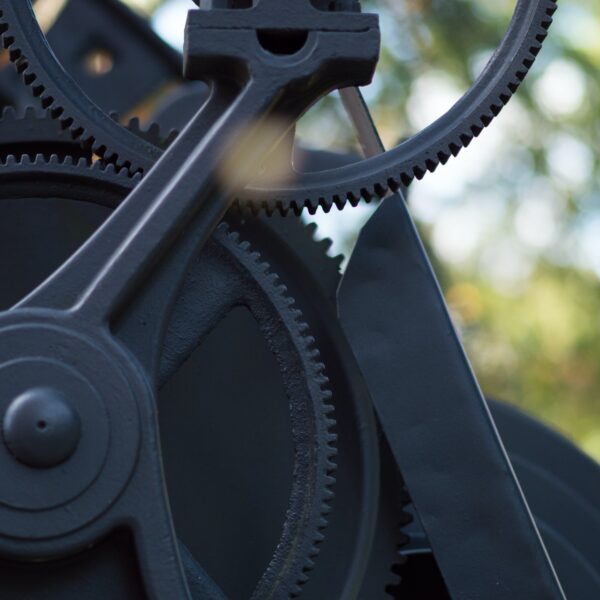A gantry crane is an instrumental machine in the material handling industry. Cranes are used to lift or lower a load in a horizontal direction, with the hoisting mechanism being the crucial element of the whole system. A gantry crane is a machine classified under overhead cranes having either a single or a double girder configuration. These girders are supported by wheeled legs or can move on a track. Gantry cranes are especially useful where the incorporation of an overhead runway system isn’t necessary. Because there’s a lot to consider when selecting suitable overhead gantry cranes, this article will detail more information on the available types as well as providing some important considerations to keep in mind.
Types of Gantry Cranes
Gantry cranes are categorised into different types, all serving different purposes. Here are some of the most commonly used types of overhead gantry cranes:
- Full gantry crane systems: These are the most popular,with two legs running on a dedicated rail in one area. This makes it possible to incorporate the use of other machines like carts, fork lifts, scissor lifts and trucks.
- Semi-gantry crane systems: These cranes are designed with one leg stationary while running on a rail system. The biggest benefit of semi-gantry crane systems is that they maximise available working space.
- Portable gantry crane systems: These are scaled down gantry cranes that run on rubber wheels or casters to facilitate mobility when handling various materials in the working area. The mobility aspect makes it easy to store them when not needed.
- Adjustable gantry cranes: These crane designs are variable in span and height, a design feature that enables users to adjust the height of the crane’s beams.
Key Considerations
There are many key considerations when selecting overhead gantry cranes to ensure you get the most suitable crane for your needs. Here are five key factors to consider:
- Crane speed: A gantry crane is most useful for carrying loads at relatively slower speeds compared to other bridge cranes, thus the factor of speed should be considered.
- Nearby motor or foot traffic: It’s crucial that you consider the personnel and motor traffic in the vicinity,as it’s important to be aware of any possible obstructions in the working space. Any kind of collision can lead to the damage of gear boxes, electrical panels and any other critical elements of the crane.
- Power delivery: It’s necessary to consider the kind of electrification system, extension cords and beams a gantry crane has, since they play a crucial role in how effectively the crane will operate. For instance, for outdoor gantry cranes, the common electrification system is the cable reel.
- Outdoor or indoor use: The type of gantry crane you choose will largely depend on whether the location of the working area is outdoors or indoors. Outdoor cranes should be made with galvanised and stainless steel to withstand any rust, corrosion, extreme temperatures and moisture.
- Fixed or rotating axle end trucks: Outdoor spaces require rotating axles rather than fixed axle end trucks because fixed axle end trucks have their axles housed. Once dirt or debris penetrates into the gears, it can cause motor burn up and gear seizures.




Like this article? Share with your friends!